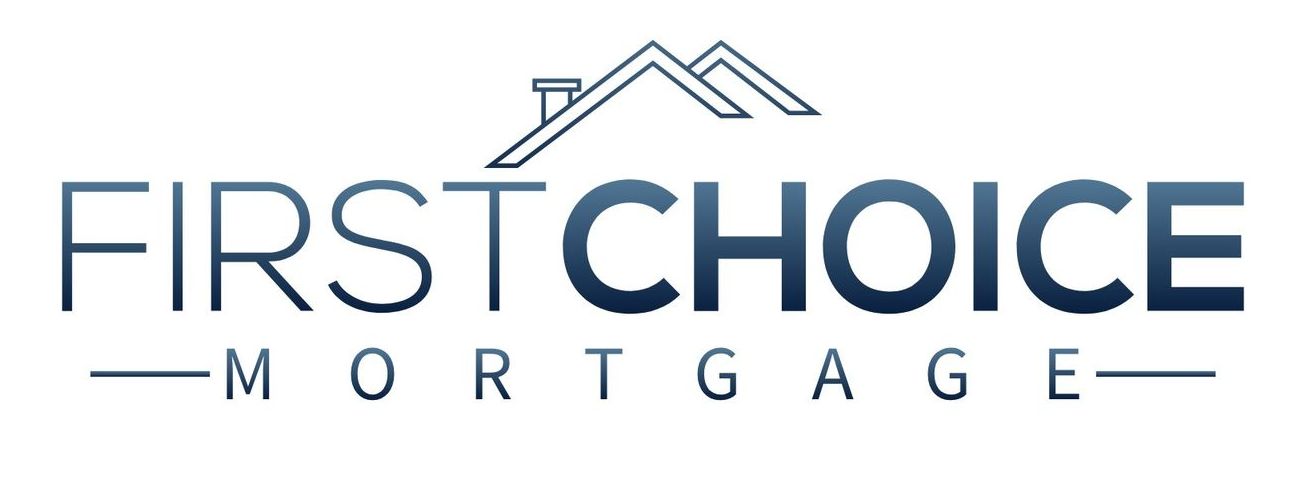Adjustable Rate Mortgage: (ARM)
With an adjustable-rate mortgage, the initial interest rate is fixed for a period of time. After this initial period of time, the interest rate resets periodically, at yearly or even monthly intervals.
How does an adjustable rate mortgage work?
With an adjustable-rate mortgage, the initial interest rate is fixed for a period of time. After this initial period of time, the interest rate resets periodically, at yearly or even monthly intervals. The interest rate for ARMs is reset based on a benchmark or index, plus an additional spread called an ARM margin.
Advantages
- Allow borrowers to take advantage of falling rates without refinancing.
- May help borrowers save and invest more money.
- Offer a cheaper way for borrowers who don't plan on living in one place for very long to buy a house.
Is an adjustable rate mortgage a good idea?
Lower rates help you build equity faster. The obvious advantage of an adjustable-rate mortgage is that they carry lower interest rates during the fixed period of the loan. ... The smart thing to do might be to take out a 5/1 ARM but make monthly payments as if it were a 30-year fixed mortgage.
How could an adjustable rate mortgage be a bad idea?
Why might an adjustable-rate mortgage, or ARM, be a bad idea? When interest rates are rising it means you're taking all of the risk. With an ARM loan, after just a couple of rate resets, your initial interest-rate savings could evaporate.
What's the difference between a fixed and adjustable rate mortgage?
The difference between a fixed rate and an adjustable rate mortgage is that, for fixed rates the interest rate is set when you take out the loan and will not change. With an adjustable rate mortgage, the interest rate may go up or down. Many ARMs will start at a lower interest rate than fixed rate mortgages.
Pre-Qualify For Free
List of services
-
Fixed Rate Mortgage Write a description for this list item and include information that will interest site visitors. For example, you may want to describe a team member's experience, what makes a product special or a unique service that you offer.
List Item 1 -
Adjustable Rate Mortgage: (ARM) Write a description for this list item and include information that will interest site visitors. For example, you may want to describe a team member's experience, what makes a product special or a unique service that you offer.
List Item 2 -
Jumbo Loan Write a description for this list item and include information that will interest site visitors. For example, you may want to describe a team member's experience, what makes a product special or a unique service that you offer.
List Item 3 -
FHA Loan Write a description for this list item and include information that will interest site visitors. For example, you may want to describe a team member's experience, what makes a product special or a unique service that you offer.
List Item 4 -
FHA 203K Renovation Loan Write a description for this list item and include information that will interest site visitors. For example, you may want to describe a team member's experience, what makes a product special, or a unique service that you offer.
-
VA Home Loan Write a description for this list item and include information that will interest site visitors. For example, you may want to describe a team member's experience, what makes a product special, or a unique service that you offer.
-
With Lender Paid or Borrower Paid MI (mortgage insurance) Write a description for this list item and include information that will interest site visitors. For example, you may want to describe a team member's experience, what makes a product special, or a unique service that you offer.
